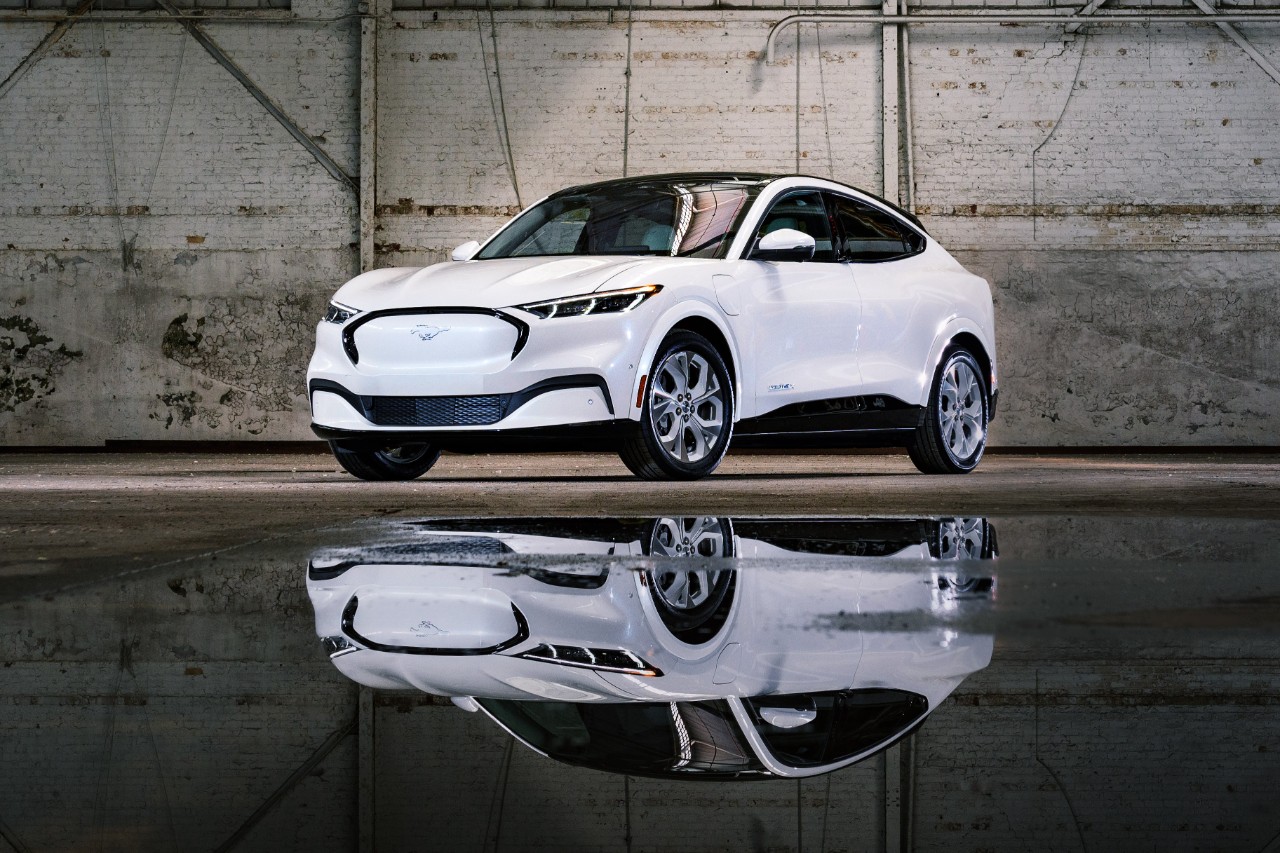
Like the Escape, its U.S. sibling, the Chinese-market Ford Kuga was revamped for the 2017 model year. The refreshed models began arriving at Chinese dealers during the third quarter, giving sales a boost. Image source: Ford Motor Company.
Ford Motor Company's (F 1.45%) 56% third-quarter profit decline wasn't a surprise. Executives had warned investors that several factors would weigh on Ford's earnings, making for an unfavorable comparison to its strong year-ago result.
Much of the year-over-year decline had to do with a slowing U.S. market and some big one-time expenses in Ford's North America unit. But that drop in overall profit overshadowed a good story that's unfolding for the Blue Oval in Asia.
How Ford righted the ship after a surprise second-quarter loss in Asia
Ford's Asia Pacific unit earned $131 million before taxes in the third quarter, up from just $22 million a year ago. That result got a big boost from China: Ford's joint ventures with Chinese automakers generated $320 million in equity income in the third quarter, up 26% from a year ago.
That profit represents a turnaround of sorts. Ford hit a speed bump in China earlier in 2016, posting a surprise second-quarter loss in Asia Pacific after it was caught off guard by aggressively priced competition from domestic Chinese automakers.
After that loss was reported, CEO Mark Fields said that Ford's team in China had already started to take action to respond -- and noted that those efforts would get help from planned new-product launches in the second half of the year.
During Ford's third-quarter earnings call, CFO Bob Shanks explained how that worked out:
If you go back to the second-quarter call, if you remember, we talked about performance issues in China. And then Mark [Fields] had some commentary around the actions of the team that were working to address that. I have to tell you, they really, really responded beautifully.

Image source: Ford Motor Company.
You can see here that wholesales were up 30%. The revenue was up 16%. The share improved. And that's not just China. We had share improvement in Australia, ASEAN, India. So it's pretty broad-based. The margin and profitability are up sharply. And that was not just China. In fact, most of the improvements are coming from outside China.
After Ford posted strong year-over-year sales gains in China in July, August, and September, investors guessed that better news might be on the way. They were right, as Shanks explained:
If you look on the far right toward the bottom [on the slide above], our China JVs [joint ventures] did contribute, on an equity after-tax basis, $320 million of profit. That was up 26% or over $60 million. And our margin came in at 13.4%, which was an improvement of 0.7 point from a year ago. So we feel really, really good about what the team delivered not only in China, but broadly across the region.
That said, while sales are up and things are looking good, Shanks explained that Ford is still facing pricing pressures in China along with exchange-rate headwinds that will squeeze its full-year result.

Image source: Ford Motor Company.
Let's go to the next slide and look at what's behind the change in our profitability, up $100 million. You can see it was driven primarily by [sales] volume. If you go across the page, you can see the negative pricing that occurred in the region. This was driven by China. In the quarter, the industry was down about 4% or so. We were up a bit more than that. But it is moderating as we go from quarter to quarter, consistent with what our expectations had been at the beginning of the year.
So when you think about the guidance for the year, we do expect a profit, a good profit in the region, but it will be lower than it was a year ago. And that's driven by the effect of the negative pricing in China, as well as the weakness of the renminbi.
Ford's Asia Pacific unit earned $765 million before taxes in 2015. It earned $343 million on the same basis through the first three quarters of 2016.
Ford's CEO: We're well positioned for a strong fourth quarter in China
Despite those pressures, Fields emphasized that Ford will be well-positioned to compete in China in the fourth quarter, for many of the same reasons that helped it in the third:
Back in the second-quarter call, I mentioned that we expected our third quarter to show improvement. And the reason for that is we're going to really leverage our new product launches, and also step up our go-to-market strategy. As you can see from the results, we had market share improvement. Importantly, we saw sequential market share improvements literally every month, and also then increased profitability for the quarter.
As we look forward, obviously, we're now in the fourth quarter, we want to build on that performance with our new model launches. We'll have a full quarter of the freshened Kuga, we have the [refreshed] Mondeo coming in [during the fourth quarter]. And we can really take advantage of what we see being actually a strong industry in the quarter, with the purchase tax incentive coming to an end at [the end of the year].
(The Kuga and Mondeo are the Chinese-market versions of the Escape SUV and Fusion sedan, respectively. Like their U.S. counterparts, both models have been updated for the 2017 model year.)
The "tax incentive" that Fields mentioned is a tax break on new-car purchases in China that is expected to end at the end of 2016. Analysts expect that deadline to "pull ahead" sales from next year, as consumers decide to buy while the tax break is still in effect. Thats why Fields expects demand in China to be robust until the end of the year.






